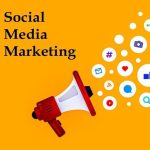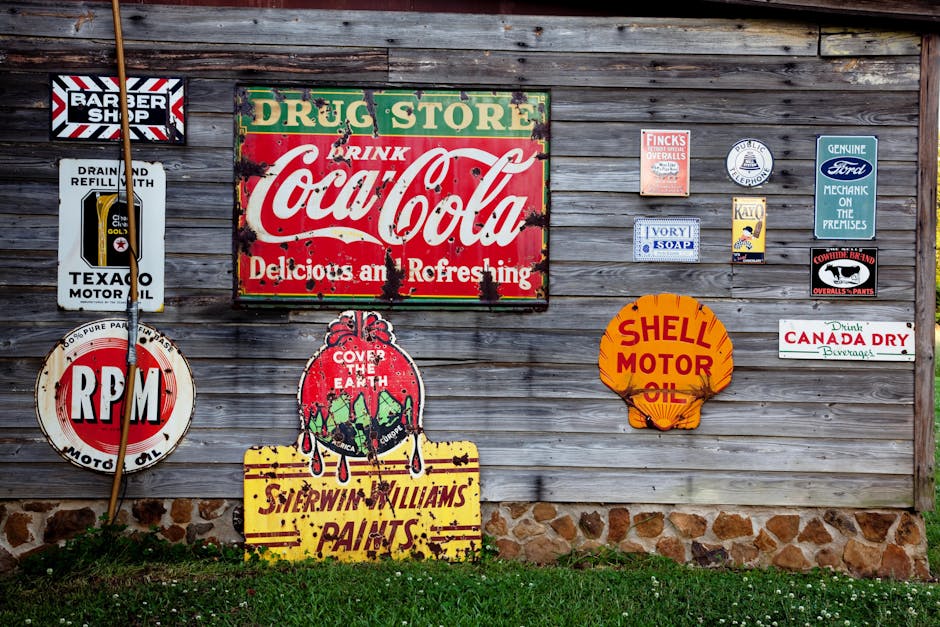Advertising is a fascinating world filled with creativity, humor, and a dash of manipulation. From the iconic slogans that stick in our heads to the hilarious commercials that make us laugh out loud, advertising has become an integral part of our daily lives. In this blog post, we'll explore the lighter side of advertising, examining the comical ways in which it tries to persuade us to buy its products.
One of the most amusing aspects of advertising is its reliance on exaggeration. Whether it's a toothpaste promising to whiten teeth "up to 4 shades brighter" or a car commercial depicting a vehicle effortlessly gliding through traffic, advertisers often paint an unrealistic picture of their products' capabilities. This exaggeration can lead to some truly hilarious moments, such as the infamous "Clap-on, Clap-off" infomercial for a light switch that could supposedly be turned on and off with a simple clap.
Another common advertising tactic is the use of celebrity endorsements. Companies often pay big bucks to have famous actors, athletes, or musicians promote their products, hoping that their fame will rub off on the brand. However, this strategy doesn't always work as intended. Sometimes, the celebrity's image doesn't align with the product, or the endorsement feels forced and unnatural. One memorable example is the Gap's "Khaki Swing" campaign featuring Sarah Jessica Parker, which was widely criticized for being both awkward and uninspired.
Of course, advertising wouldn't be complete without the use of catchy slogans. These short phrases are designed to be easily remembered and associated with the brand. Some slogans are clever and memorable, while others are simply ridiculous. For instance, who can forget the infamous "Got Milk?" campaign? While it was effective in raising awareness for the dairy industry, it also spawned countless parodies and jokes, such as "Got Beef?" and "Got Smarties?"
Advertising also has a knack for creating characters and mascots that are both endearing and annoying. From the iconic Ronald McDonald to the lovable Geico gecko, these characters are often used to represent the brand and build a connection with consumers. However, some mascots can be so over-the-top or unlikeable that they end up driving people away. One such example is the Energizer Bunny, who has been the subject of numerous jokes and parodies due to his relentless energy and creepy appearance.
Despite its often humorous nature, advertising can also be a powerful force for good. It can raise awareness for important causes, promote healthy lifestyles, and even inspire social change. Some of the most effective advertising campaigns in history have been those that have used humor to convey a serious message. For instance, the "Don't Text and Drive" campaign featuring a talking squirrel was both entertaining and effective in reminding people of the dangers of distracted driving.
Ultimately, advertising is a reflection of our own desires and aspirations. It tells us what we should want, how we should live, and what we should buy. While it can sometimes be manipulative and over-the-top, it can also be a source of entertainment and a way to connect with others. So next time you see an amusing commercial or hear a catchy slogan, take a moment to appreciate the humor and creativity that went into it. After all, laughter may be the best advertising of all.

